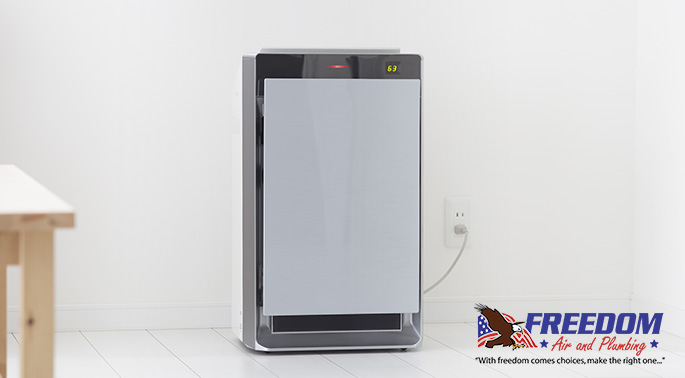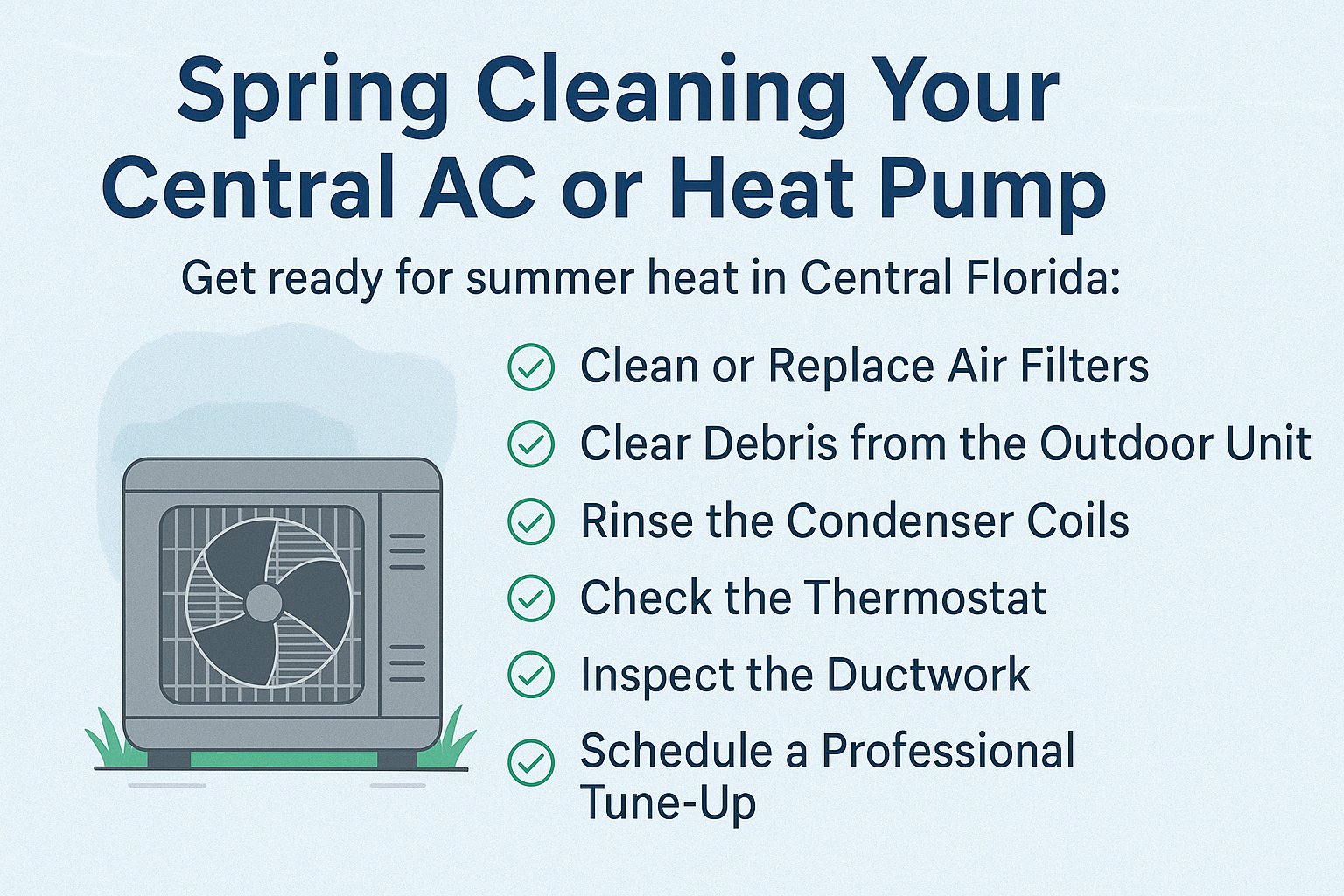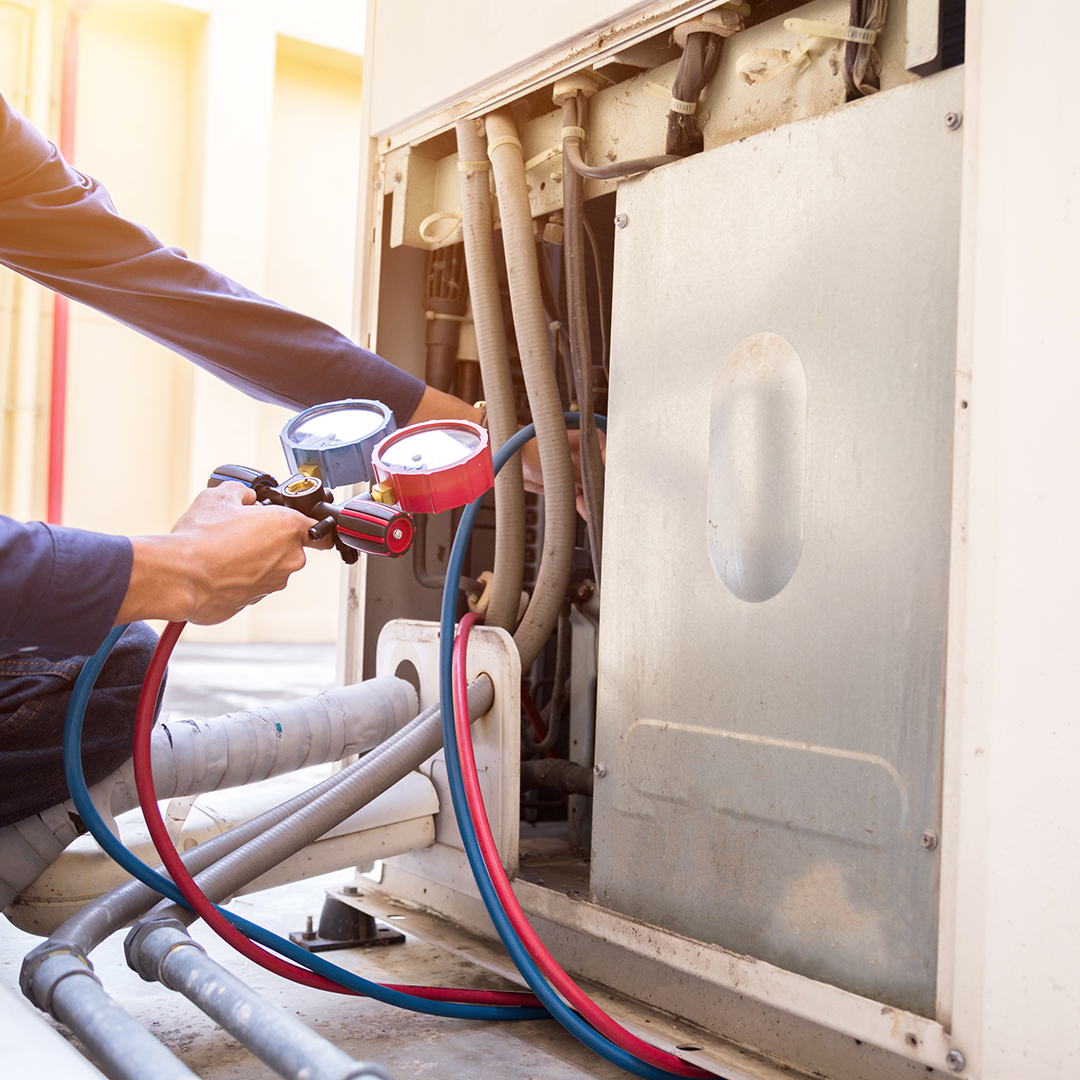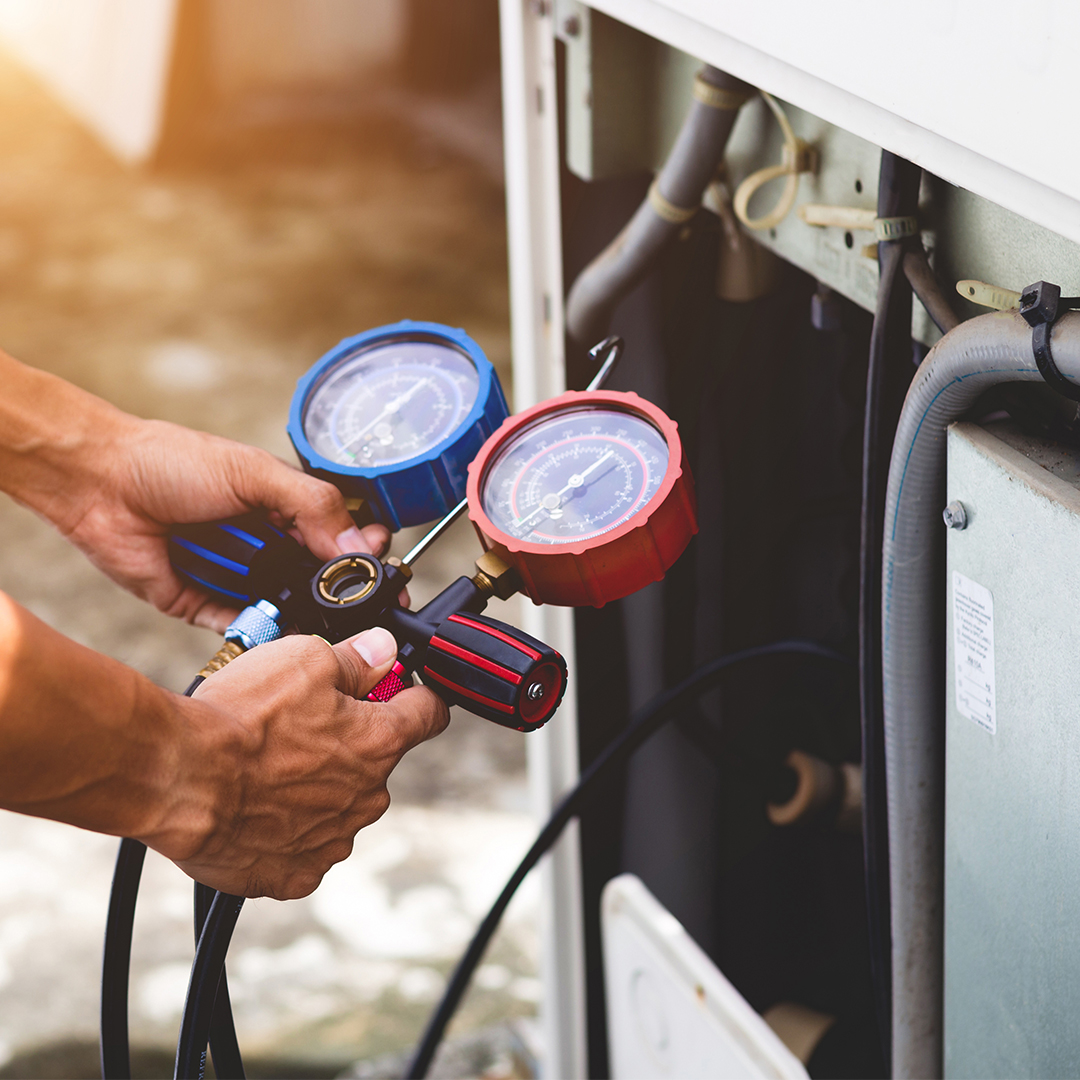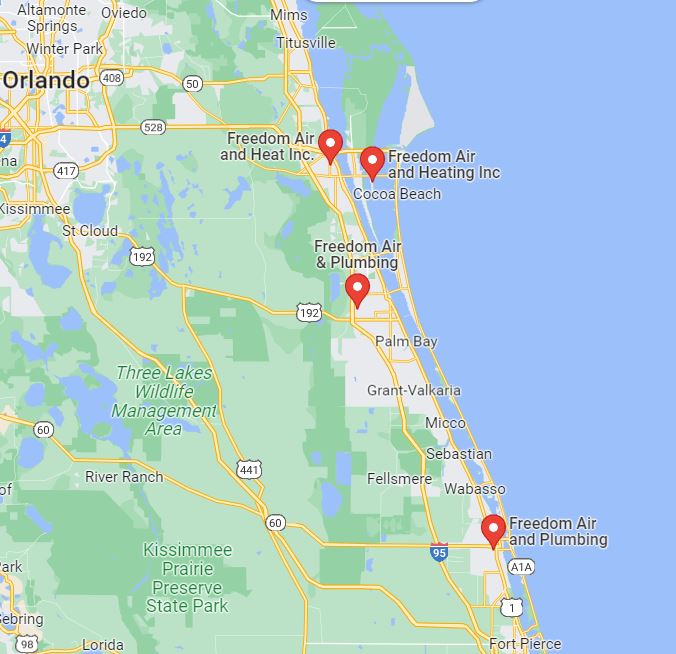According to the Environmental Protection Agency, Americans spend most of their time indoors, exposing them to various pollutants, toxins and allergens. That is why many homeowners opt to install an air cleaner or air purifier in order to ensure they are not exposed to allergens and have better indoor air quality. However, it is unclear to a lot of people exactly what pollutants an air cleaner can remove. If you are one of those people, the pros at Freedom Air and Heat are here to help. Here is a list of some of the indoor pollutants your air cleaner will be sure to wipe out!
What is An Air Cleaner?
An air cleaner is an appliance that uses different types of technology to purify your indoor air. They trap airborne pollutants and contaminants which can prevent allergies and improve your indoor air quality. There are various types of air cleaners such as HEPA air cleaners, activated carbon air purifiers, ozone generator purifiers and UV light air purifiers. Each purifier removes different types of air pollutants, so do your research on the contaminants you want to get rid of and choose carefully.
Indoor Pollutants an Air Cleaner Can Remove
- Volatile Organic Compounds
According to the Environmental Protection Agency, volatile organic compounds or VOCs are “emitted as gases from certain solid’s or liquids.” Essentially, these compounds are released into the air from solvents, chemicals, perfumes, hair spray, furniture polish, glues, wood preservatives, air fresheners and many other commonly used materials. High levels of exposure to VOCs can cause eye and nose irritation, headaches, fatigue, dizziness and some can even lead to cancer. Luckily, there are some air purifiers designed to remove VOCs or at least reduce the amount in your indoor air. The best air cleaners to use would be activated carbon air purifiers, because their filters are designed to trap VOCs and other chemicals and odors.
- Pesticides
Pesticides can easily make their way into your home from the outdoors through contaminated soils and dust particles. In addition, pesticide products can also be found in things like insecticides and disinfectants. According to the EPA, 75 percent of US households used at least one pesticide product indoors during the past year. Long-term exposure to pesticides and pesticide products can prove to be risky, especially for children, pregnant women, elderly and those with respiratory diseases such as asthma. Air cleaners are great appliances to remove pesticide compounds from your home, specifically activated carbon air cleaners.
- Biological Pollutants
Biological pollutants include dust mites, mold spores, dust and pet dander. Long term exposure to these allergens can lead to eye and nose irritation, worsening of respiratory disease symptoms, sneezing and coughing. If you find that your home has a high biological pollutant content, consider using air cleaners with HEPA air filters. These air cleaners can remove up to 99% of these allergens from the air.

